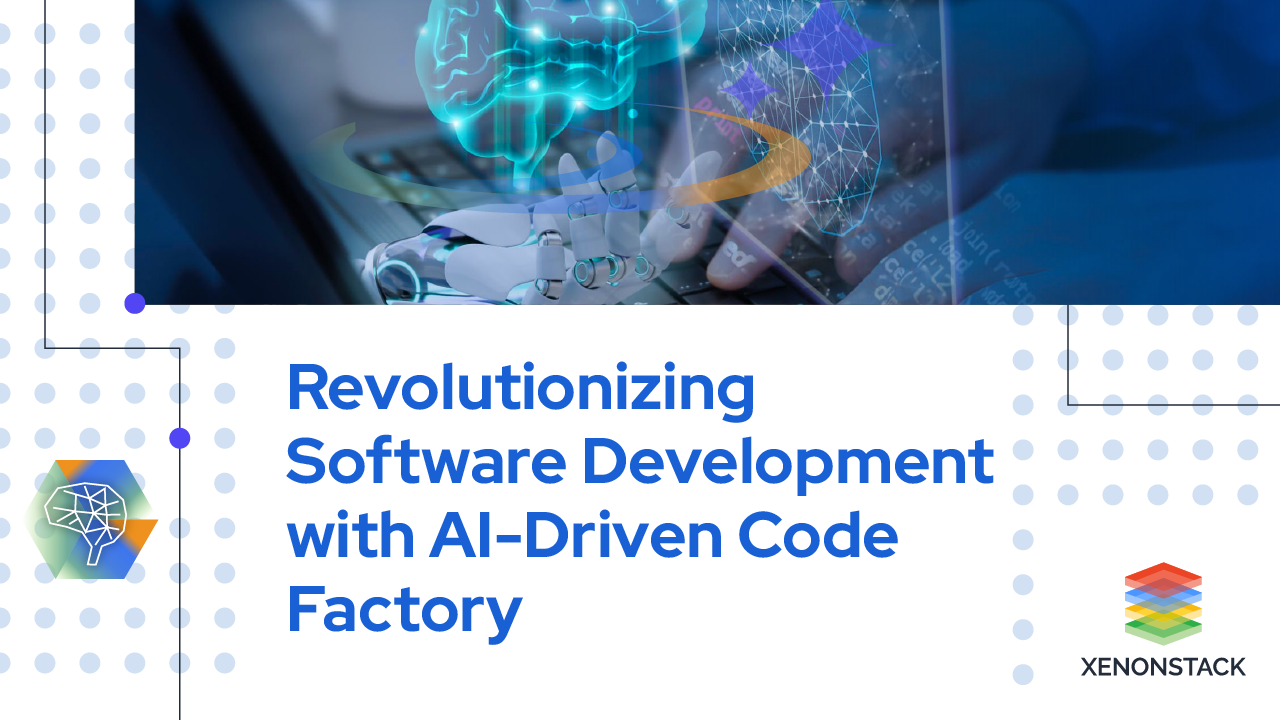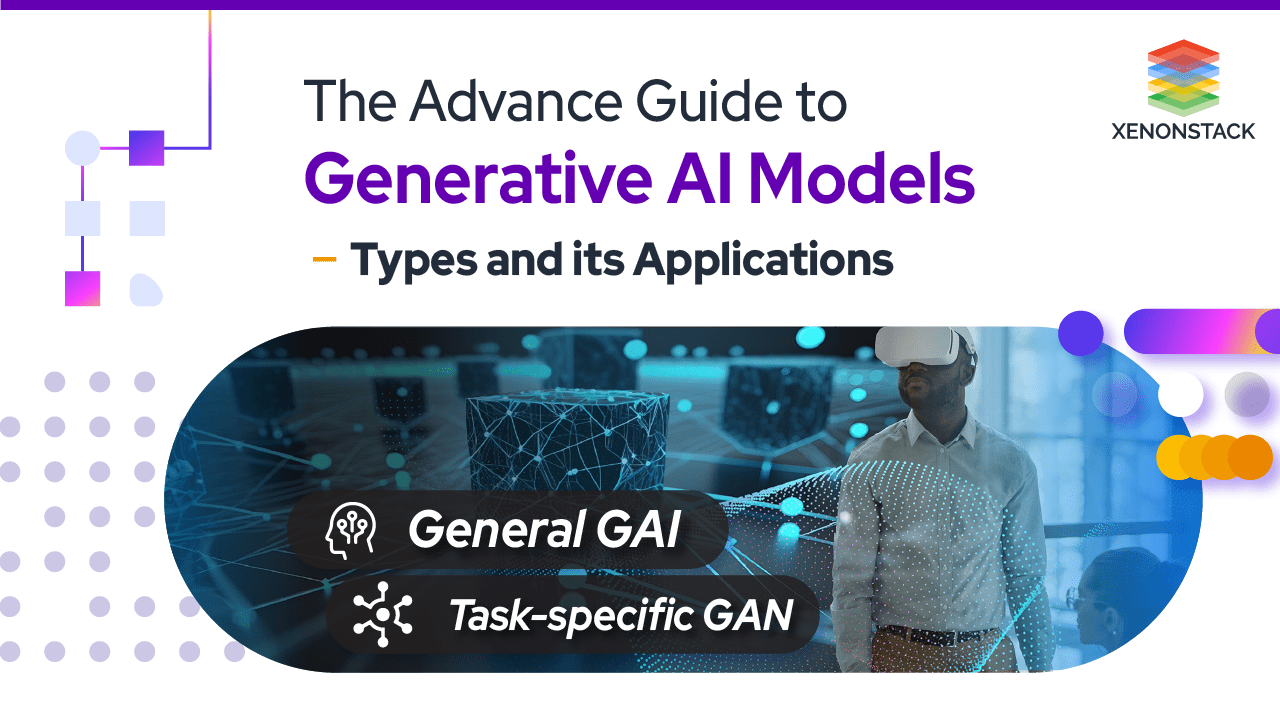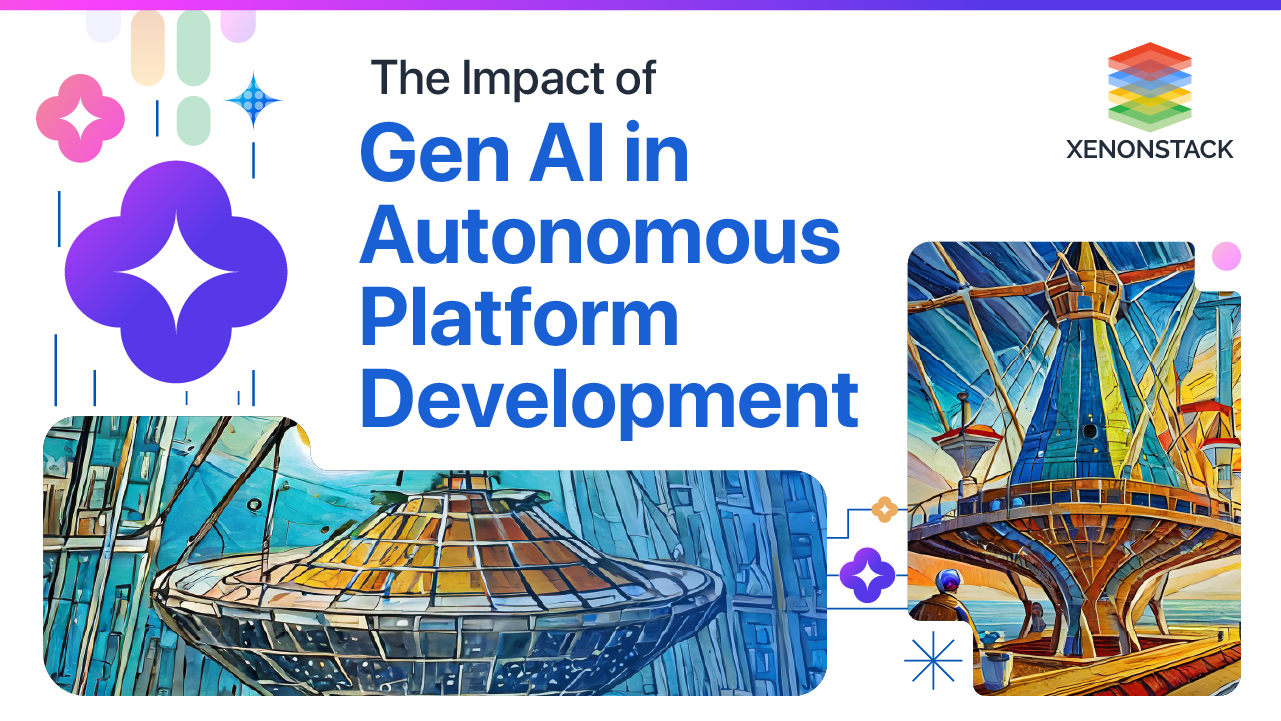
Introduction
In recent years, generative artificial intelligence (AI) tools have gained popularity across various industries for their ability to create content autonomously. However, the benefits come with significant legal risks, particularly concerning intellectual property (IP) issues.
To navigate these challenges, businesses and organizations must understand the risks associated with generative AI and implement appropriate safeguards. Let us discuss the guiding principles and checklist that can assist organizations in managing these risks effectively.
Understanding Generative AI
Generative AI refers to artificial intelligence systems that use machine learning techniques to create new content in response to user prompts. These systems can generate various forms of content, including text, images, code, audio, and video.
Examples of generative AI tools include ChatGPT, Midjourney, Copilot, and Firefly, trained on vast datasets comprising billions of pages of text or images.
Challenges and Risks
While generative AI offers tremendous potential, its use comes with several challenges and risks:
- Variability in Use Cases: The best applications of generative AI may vary from one business to another, leading to uncertainties in its implementation.
- Licensing Terms: There are no standard contract terms for using generative AI tools, resulting in differences in licensing terms between developers.
- Legal and Ethical Concerns: Generative AI tools may be trained on materials scraped from the internet, potentially including copyrighted works, personal information, and harmful content, raising legal and ethical questions.
- Output Quality and Legality: Generative AI can produce inappropriate or illegal outputs, such as misinformation, IP infringements, deepfakes, and discriminatory content, posing reputational and legal risks.
- Energy-Intensive Nature: The training and usage of generative AI can be energy-intensive, contributing to environmental concerns.
Guiding Principles for IP Management
To effectively manage IP-related challenges associated with generative AI, businesses and organizations should consider the following guiding principles:
-
Protection of Confidential Information: Implement technical, legal, and practical safeguards to protect confidential information and trade secrets from inadvertent exposure or sharing with AI tools.
-
Mitigation of Infringement Risks: Vet datasets, use IP-compliant tools, and implement technical measures to reduce the likelihood of IP rights infringement.
-
Consideration of Open-Source Obligations: Thoroughly vet training data for open-source obligations and adopt technical safeguards to mitigate the risk of open-source infringement.
-
Management of Deepfake Risks: Implement strict staff policies and training to restrict using deepfake generative AI tools and obtain necessary consent and licensing when required.
-
Clarification of IP Rights and Ownership: Seek contractual clarity over ownership of AI-generated outputs and consider using generative AI only in cases where IP ownership in the outputs is not crucial for the business model.
Leveraging Generative AI in Intellectual Property
Several vital areas surfaced as top priorities for harnessing the power of generative AI
Easily review and compare large data sets
-
SEPs (Standard-Essential Patents) Analysis: Generative AI can facilitate the identification and analysis of SEPs within specific technological domains. By scrutinizing vast amounts of technical standards, meeting summaries, and industry publications, AI algorithms can determine the essentiality of patents for compliance with standards. This capability equips IP professionals to navigate licensing negotiations and confidently evaluate patent strength.
-
Prior Art Search Enhancement: Generative AI can streamline prior art searches by employing natural language processing and machine learning algorithms to analyze patent texts, research papers, and technical documents. This approach enhances efficiency, saving time and resources for IP professionals engaged in patent infringement assessments and validity studies.
-
Prioritizing Patent Filings: Generative AI can assist IP professionals in prioritizing patent filing strategies by analyzing existing patents, research papers, and market trends. By identifying areas with high potential and white spaces, AI algorithms effectively guide R&D efforts.
-
Invention Disclosure Analysis: Generative AI aids in analyzing invention disclosures within organizations by extracting key concepts, performing similarity analyses against existing patents, and identifying prior art. This process streamlines invention disclosure reviews and provides valuable insights for patentability assessments.
-
Technology Landscaping: AI generates visual representations and interactive maps of technology landscapes within specific domains by analyzing patents, scientific literature, and market data. This helps R&D professionals understand emerging trends, related technology clusters, and potential cross-domain collaborations to make informed decisions about future research directions.
-
Trademark Analysis and Brand Protection: Generative AI supports IP professionals in monitoring and safeguarding trademarks by identifying potential infringements, brand dilution, and counterfeit products through data analysis from online sources, social media, and marketplaces.
-
Competitive Intelligence: Generative AI provides real-time competitive intelligence by monitoring competitors' patent activities, research publications, and technological advancements. This enables IP professionals to stay updated on industry developments, identify threats, and uncover new business opportunities.
Finding new initiatives
-
Partner Scouting: Generative AI streamlines partner scouting by analyzing patent portfolios, research publications, company profiles, and market data to identify potential partners, collaborators, or key opinion leaders based on specific criteria.
-
Patent Drafting and Claim Generation: AI assists in patent drafting by generating initial drafts and suggesting potential claims based on input information, improving the efficiency and quality of the drafting process.
-
Licensing Opportunities: Generative AI identifies potential licensing opportunities by analyzing patent portfolios and market data, matching high-potential patents with potential licensees or partners to optimize licensing strategies.
Predict the next big thing
-
Technology Forecasting: By analyzing historical data, scientific publications, and market trends, generative AI enables R&D professionals to predict future technological developments and allocate resources accordingly.
-
Novel Ideation: AI's ability to quickly analyze vast data sets helps identify whitespace in the market, generating novel ideas for faster market entry.
-
Predictive Innovation: Leveraging vast amounts of data, generative AI provides predictive analytics for innovation by identifying emerging technologies, patterns, and correlations. It assists organizations in prioritizing R&D efforts and staying ahead of the competition.
Generative AI's proficiency across multiple domains allows it to apply concepts from one area to another, enhancing its versatility and utility in various industries.
Adoption of Responsible Practices
In addition to the guiding principles, businesses and organizations should adopt responsible and ethical practices when using generative AI:
-
Develop Staff Policies and Training: Establish staff policies and training programs to guide the appropriate use of generative AI and encourage responsible experimentation.
-
Monitor Changes in Laws and Regulations: Stay updated with laws and regulations surrounding generative AI to ensure compliance with legal requirements.
-
Maintain Lists of AI Tools: Maintain lists of AI tools based on risk profiles to manage risk effectively and ensure responsible usage.
-
Document AI Tool Usage: Proper documentation of AI tool training, data assessment, and human input can help demonstrate responsible and ethical use of generative AI.
-
Review Provider Terms and Conditions: Review the terms and conditions of AI tool providers to ensure compliance with IP laws and the protection of confidential information.
-
Check for IP Infringements: Conduct checks for IP infringements before using AI outputs, integrating human input and creativity to maintain control over output ownership.
By adhering to these principles and adopting responsible practices, businesses can leverage the benefits of generative AI while minimizing legal and reputational risks. It is essential for organizations to proactively implement suitable policies and provide training to employees to ensure the safe and fair use of generative AI in their operations.
Conclusion
Generative AI presents immense opportunities across industries but also carries legal risks, especially concerning intellectual property (IP) issues. To navigate these challenges effectively, organizations should adhere to guiding principles such as protecting confidential information, mitigating infringement risks, and clarifying IP rights. Leveraging generative AI in IP management can enhance areas like patent analysis, trademark protection, competitive intelligence, and technology forecasting. Responsible adoption practices, including staff training, compliance monitoring, and thorough documentation, are crucial for harnessing the benefits of generative AI while minimizing legal and reputational risks.
-
Explore more about Generative AI for Enterprises and Industry
-
Get to know about Top Generative AI Use Cases and Applications


